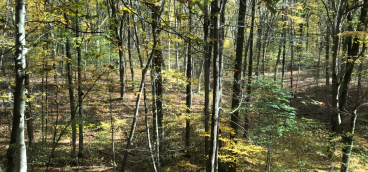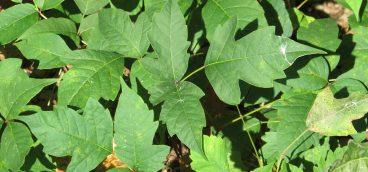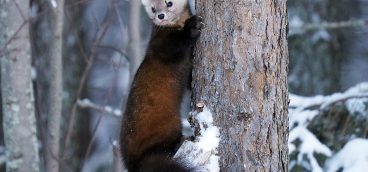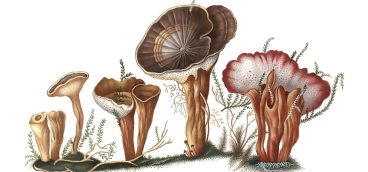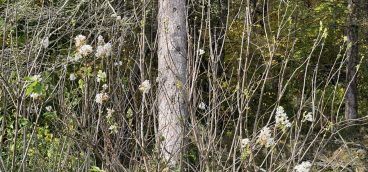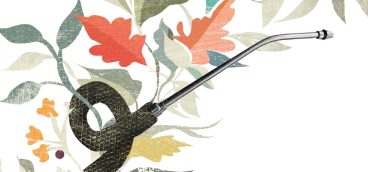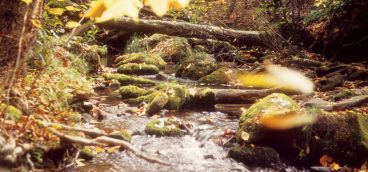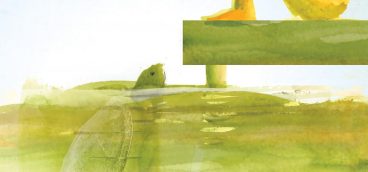Learning To Be A Deer Hunter
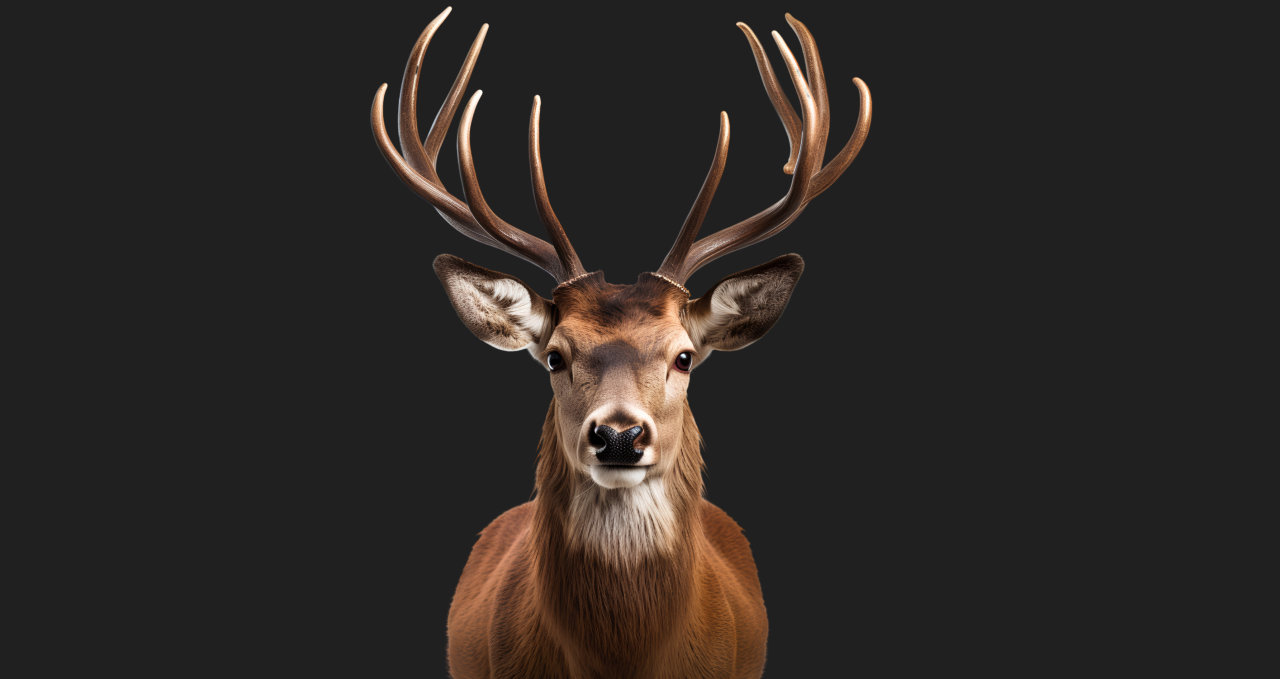
As the beautiful foliage and cooler weather approach Pennsylvania, thousands of deer hunters anticipate the time-honored tradition of Whitetail deer hunting. From late September to mid-January, hunters prepare for their pilgrimage to the forests and fields across Penn’s Woods in hopes of taking one of these magnificent creatures.
Pennsylvania has 850,000 deer hunters, the most in the nation, and they harvest 406,000 deer annually and spend $1.5 billion dollars on the sport. In the absence of Apex predators, hunters keep the deer population in balance, under the watchful eye of the state Game Commission. Black bears, coyotes and bobcats will take some fawns, but they cannot bring down a healthy deer unless it is injured. So without hunting, deer would overpopulate and woodland habitat would become untenable for them and the many other animals who depend on the same food sources.
Although I am not from Pennsylvania originally and didn’t grow up hunting, I took it up five years ago. As I neared retirement, I wanted a hobby connected with nature, one that provided a feeling of self-sufficiency and forced me to learn patience, which was something I needed. When you take up deer hunting, if you’re not patient, you won’t succeed. The sport also put me in touch with the primal feelings ancient humans must have felt when survival of the family and tribe depended on the skills of hunting and harvesting an animal.
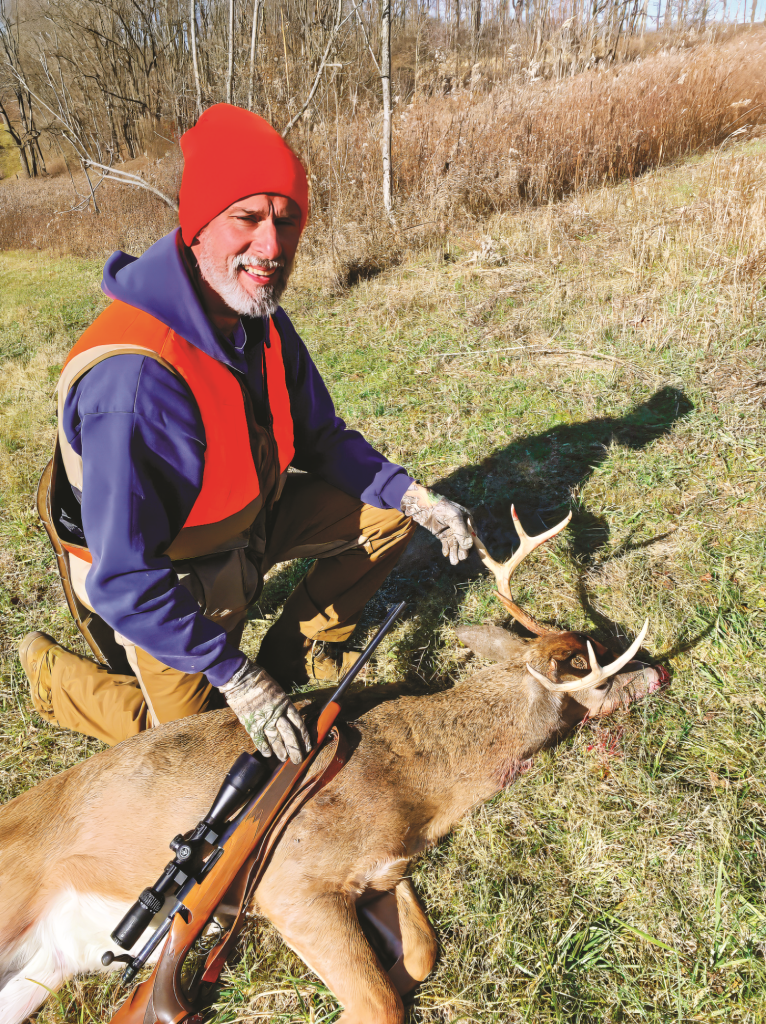
On a whim, I asked my friend Jerry, who had 40 years’ experience, to teach me. He became my mentor and eventual “hunting buddy,” passing along what his father and uncle had taught him and his three brothers. On the surface he and I seem like opposites. He drives an F150 Ford pickup. I drive a Honda Accord. He’s a construction manager, laboring outside in the elements. I work in a large bank Downtown. He likes country music, and I prefer rock and roll. Yet now, we both love Whitetail deer hunting.
Jerry taught me many things, including deer anatomy so I could ensure an ethical shot and minimize suffering.
Smell is a deer’s primary defense — it’s thought to be thousands of times more acute than a dog’s. I learned to use the wind in my favor. Deer move mostly at sunrise and sunset because the temperature of the ground changes with the rising and setting sun, causing air movement off the ground that helps them smell predators better as they move toward their feeding and bedding areas.
They communicate visually, using their white tails so they can follow each other in the woods. They show emotion using posture — how their ears are oriented, the positioning of their heads, and snorts and grunts.
Vision is their second-best defense, with eyesight spanning almost 300 degrees, compared with 180 degrees for humans. This allows them to detect sudden movements in a very wide swath of vision. So sitting motionlessly is key for the hunter. As Jerry told me, “Put your time in the woods and be patient.”
Even when I don’t see a deer, I often see a multitude of beautiful songbirds, turkeys, squirrels, raccoons, foxes, and coyotes. No day in the woods is boring when you observe. Solitude and the sounds of nature bring calm in a stressful world. For me, every hunting trek into the woods is exciting because I learn something from my mistakes that makes me a better hunter.
I shot my first deer ever just as it was getting dark. It was mid-November, when “the rut” or prime breeding of deer occurs. “Remember, the boys are chasing the girls,” I’d been told, and counseled to wait for the bucks. When a doe walked about 10 yards in front of me broadside, in my excitement for my first kill, I shot her with my bow and she dropped immediately. Had I embraced the advice I was given, I might have taken an eight-point antlered buck who showed up two to three minutes after I shot the doe.
“Deer Camp” is a tradition many Pennsylvanians know well. I was honored when another close friend, Keith, and his brother and others invited me to their hunting camp in Clinton County. It has been in their family for 64 years, and to earn my place, I voluntarily chopped the firewood, swept the floors, washed the dishes, and fetched cold beers for the old-timers with a smile on my face. After serving two-plus decades of active duty in the Marines, my marksmanship skills earned me some respect, too. I used my wife’s grandfather’s Remington model 700 deer hunting rifle, given to me by my mother-in-law. The bolt-action deer rifle has enough power to knock down a moose and can match anything made today for reliability.
Any deer hunter will explain that you are not a fully sanctioned deer hunter until you take your first buck. One day, I sat patiently on the ground waiting for a deer to appear. An open field almost 300 yards to my immediate front lay adjacent to a pine forest. I kept imagining what I would do if a deer came from the woods on my left into the field. After a long time, a beautiful buck walked into sight. With heart racing and adrenaline pumping, I made sure the buck was legal to harvest. The Game Commission rules require any buck to have at least three antler points on at least one side of its antlers, commonly called “the three up” rule.
As I saw the sun glisten off his multiple points, I knew he was legal. I swung my rifle into action and my Marine Corps training took over. Using my scope, I led the buck in my crosshairs, exhaled and gently squeezed the trigger, staying completely focused. I was so focused that I never heard the loud bang of the rifle, nor did I feel any recoil when I squeezed the trigger. After I shot, the deer disappeared from view in my scope. When my friend Bernie arrived about five minutes later, he asked, “Did you get him? I heard a shot.”
Unsure, I mentioned that the deer seemed to have disappeared in some tall goldenrod about 150 yards away. As I reached the edge of the goldenrod, I saw a beautiful eight-point buck, killed by my shot. I couldn’t get my hands to stop shaking from the adrenaline.
It was Dec. 5, 2022, a day I’ll never forget. After four years of countless trips into the woods, learning patience and embracing the wisdom imparted by my mentor and others, I’d harvested my first Pennsylvania buck. This magnificent animal provided me with a freezer full of healthy meat and a set of beautiful antlers that I proudly display in my basement.
Am I now truly a fully sanctioned deer hunter? I am not sure, but as each new Fall arrives, I prepare to spend as much time in the woods of Pennsylvania as I can, striving to learn greater patience as a human being.




